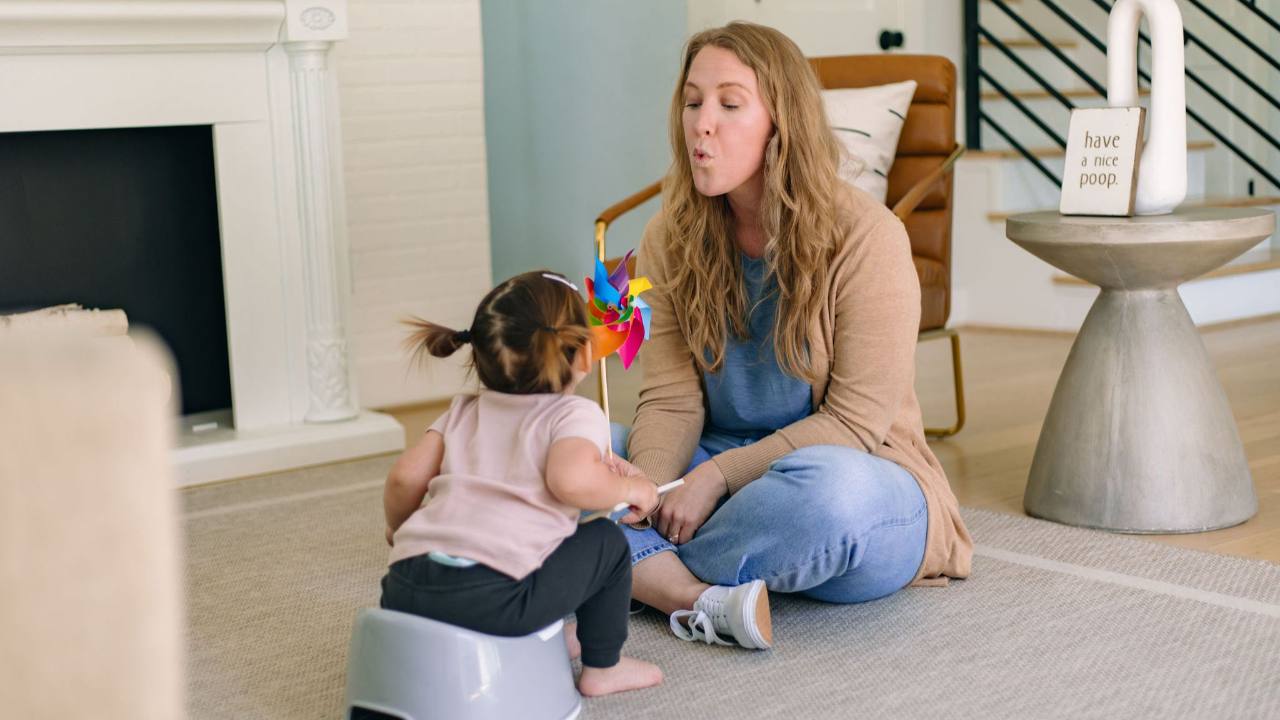Play, Posture, and Pelvic Health: Small Changes, Big Impacts
Posture: The Key to Unlocking a Tight Pelvic Floor
Hello everyone! This week’s newsletter dives into an often-overlooked factor in pelvic health: posture. Many people assume pelvic floor therapy focuses solely on exercises targeting the pelvic muscles. But as I was reminded during today’s evaluation, posture plays a critical role in creating balance and relaxation in the pelvic floor—especially for kids!
Today’s Evaluation: What We Found
This morning, I worked with a child who, like many others, likely has a shortened, dyscoordinated, and immobile pelvic floor. Our approach focused on lengthening and promoting mobility, but a surprising finding stood out: how his typical sitting posture was contributing to pelvic tension.
For much of our session, he sat with his legs swept to the right—a posture that caused a posterior pelvic tilt, shortened abdominal musculature, likely leading to his asymmetrical hip tightness and pelvic floor tension. This imbalance can make bowel movements more challenging and even slow down peristalsis (the wave-like muscle contractions that move food through the digestive tract), resulting in longer intervals between poops.
Why Posture Matters for the Pelvic Floor
Sitting or playing in certain positions for long periods can impact pelvic health. Positions like:
1. Always sitting with legs swept to one side
2. Crossing legs in the same direction every time
3. W-sitting
These postures can create tightness and asymmetry, affecting not just the hips but also the pelvic floor. When one side of the pelvis is tighter or more restricted, it can lead to pelvic floor tension, which may cause discomfort, difficulty with bowel movements, and other challenges.
Our Approach: Adding Balance
Today’s session focused on more than just the pelvic floor. We worked on incorporating balanced play positions to help lengthen and loosen tight areas. Small changes in how kids sit and play can have a huge impact on their pelvic health.
What Can You Do at Home?
Take a moment to observe your child’s typical sitting and play positions. Do you notice any patterns like:
1. Always sitting on the same side?
2. Always crossing their legs the same way?
3. Frequently using the W-sitting position?
If so, start making small changes to encourage more postural diversity:
1. Encourage sitting in different positions.
2. Introduce activities that require movement and shifting from side to side.
3. Use seating options that promote upright, balanced posture.
Why It Matters
By promoting balance and diversity in posture, we can help relax the pelvic floor, improve hip flexibility, and support healthier bowel movements. It’s a small change with significant long-term benefits!
Thanks for reading, and remember: sometimes the most impactful changes start with the simplest observations.
Until next time,
Dr. Caitlin & Dr. Melissa
Founders of Little Learning Lav





Responses